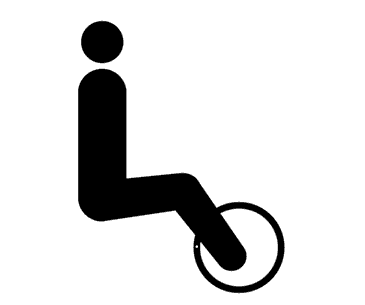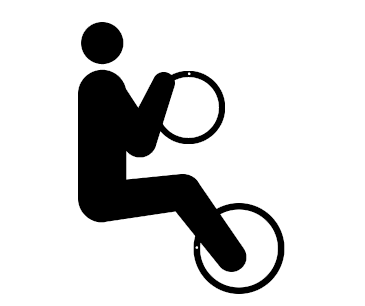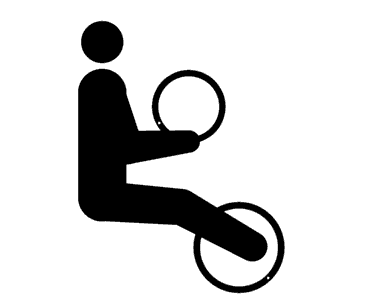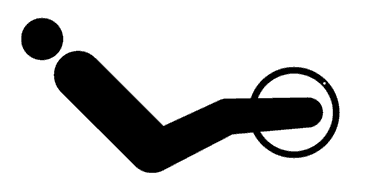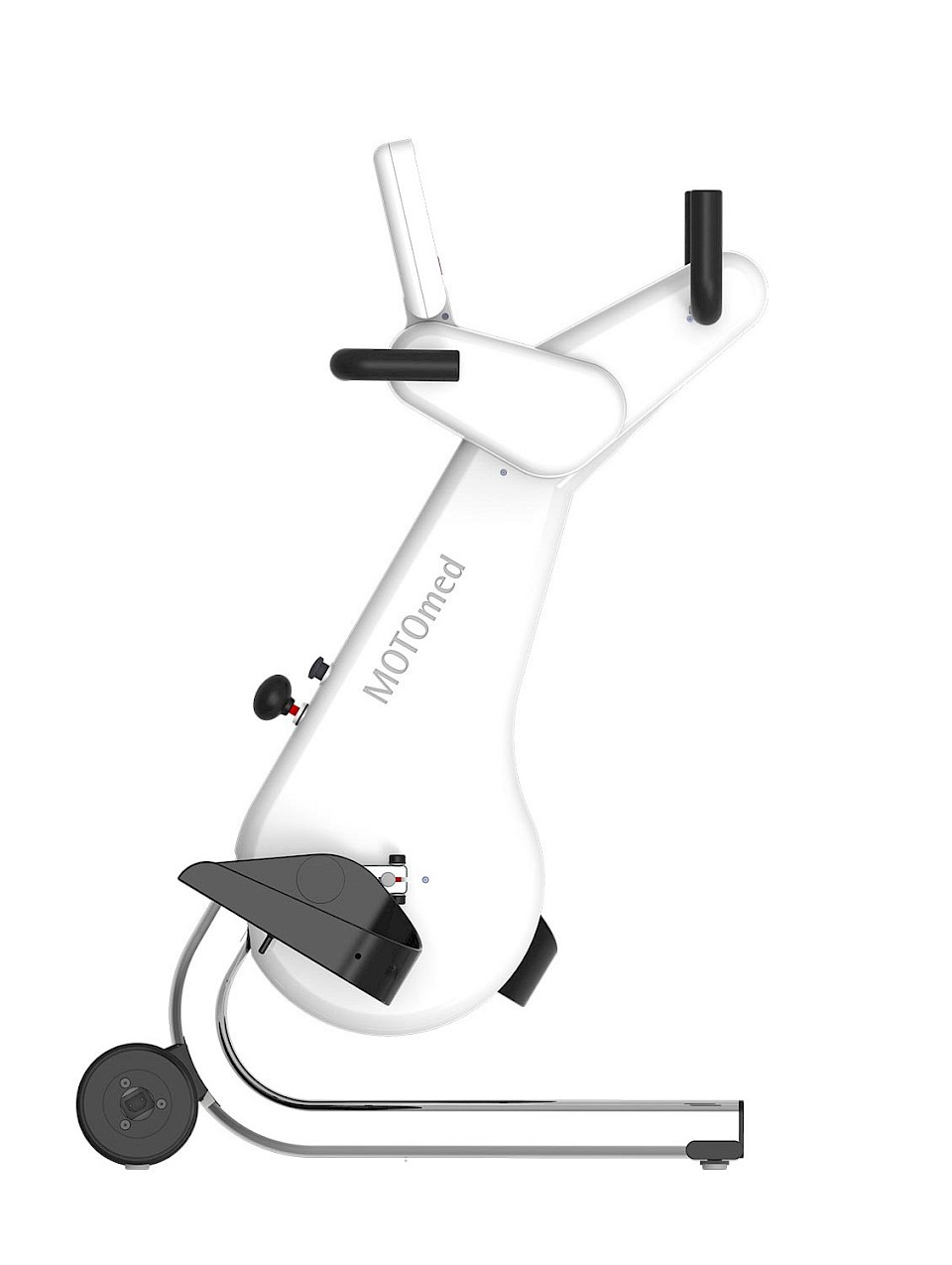Care
Sustaining body functions
Besides the effective support of care-intense patients, the use of the resource time is essential in the daily nursing routine. The on-device MOTOmed movement therapy relieves the care and nursing personnel every day. According to model, the patients train with the legs or arms/ upper body either in passive, motor-assisted or active mode. Patients with minimal muscle strength can complete longer training sessions by an alternating passive-active training. This increases training efficiency. The MOTOmed movement therapy can be performed from chair, wheelchair or nursing bed.
The vitalizing MOTOmed movement therapy can counteract the outcomes of a lack of movement and is adaptable to the needs of the patients by only little adjustments.
With MOTOmed movement, therapy care facilities all over the world complement their therapy measures cost-efficiently.
MOTOmed Movement Therapy
MOTOmed Movement Therapy was developed for people with movement restrictions and complements physical, ergo and sports therapy measures. Users can train while seated in a wheelchair or from a chair. Patients in supine position use MOTOmed from a nursing bed or therapy couch.
In Germany, the device-based movement therapy with the MOTOmed is recognized as an aid for many indications by the statutory health insurance. It is worthwhile to inform yourself!
Therapy modes
passive
The effortless motor driven movement is ideal for the regulation of muscle tone, loosening stiff muscles and for early mobilization after long rests. Passive training stimulates blood circulation, digestion and joint flexibility.
assistive
In motor-supported movement therapy, the function MOTOmed ServoCycling enables easy transition from passive to active training. A motor-supported movement stimulates strength and endurance even with minimal muscle strength.
active
An active training with own muscle power against finely adjustable resistance levels strengthens leg, arm and upper body muscles and stimulates the cardio-vascular system.
Achieving best therapy goals through interval training
Alternating phases of strain and recreation (intervals) through active and passive training give a higher training stimulus which leads to a better therapy success.
Therapeutic goals
- Promote walking
- Reduce the consequences of lack of movement
- Reduce spasticity
- Activate residual muscle strength
- Strengthen the psyche and well-being
- Counteract fatigue



